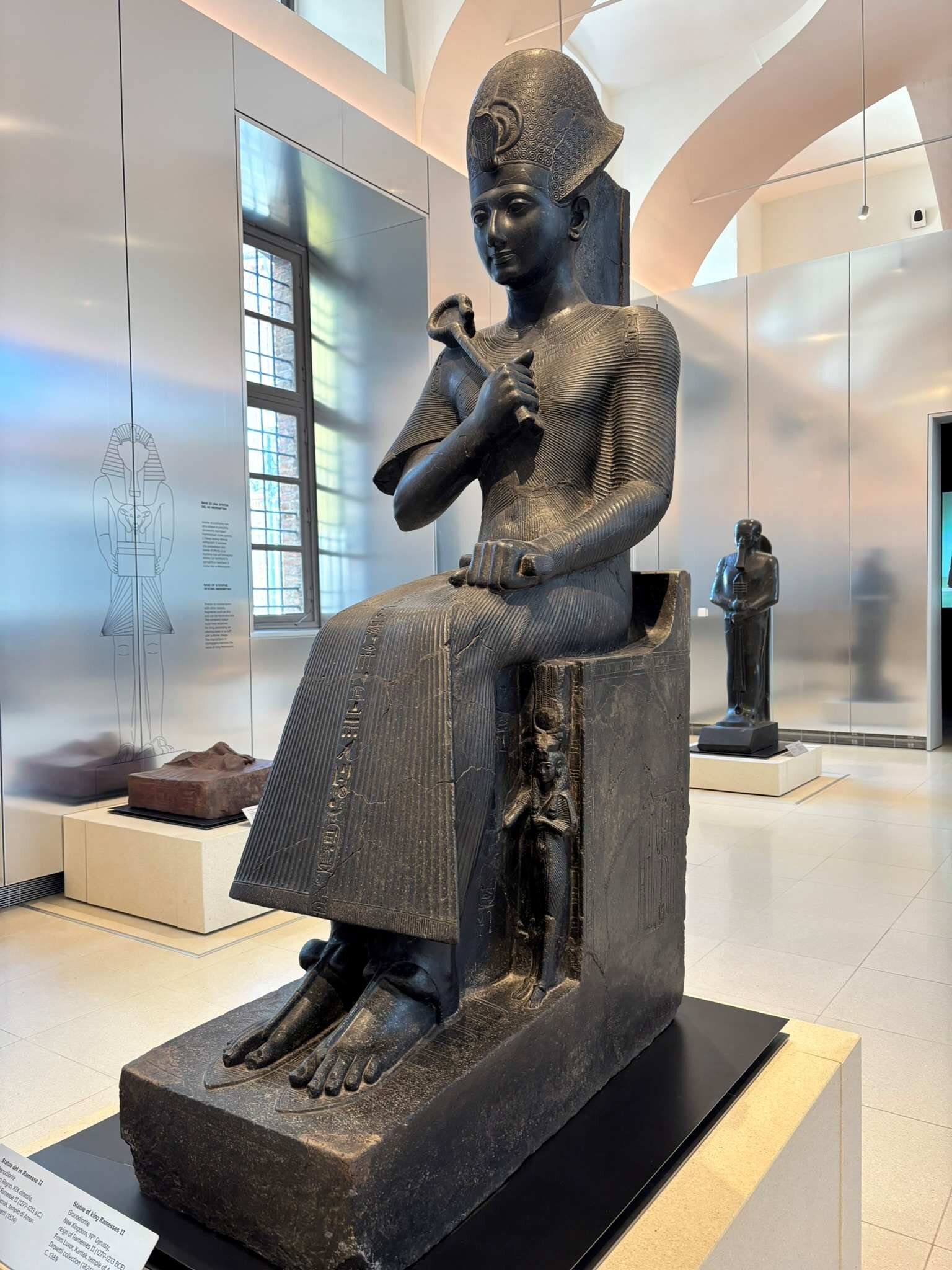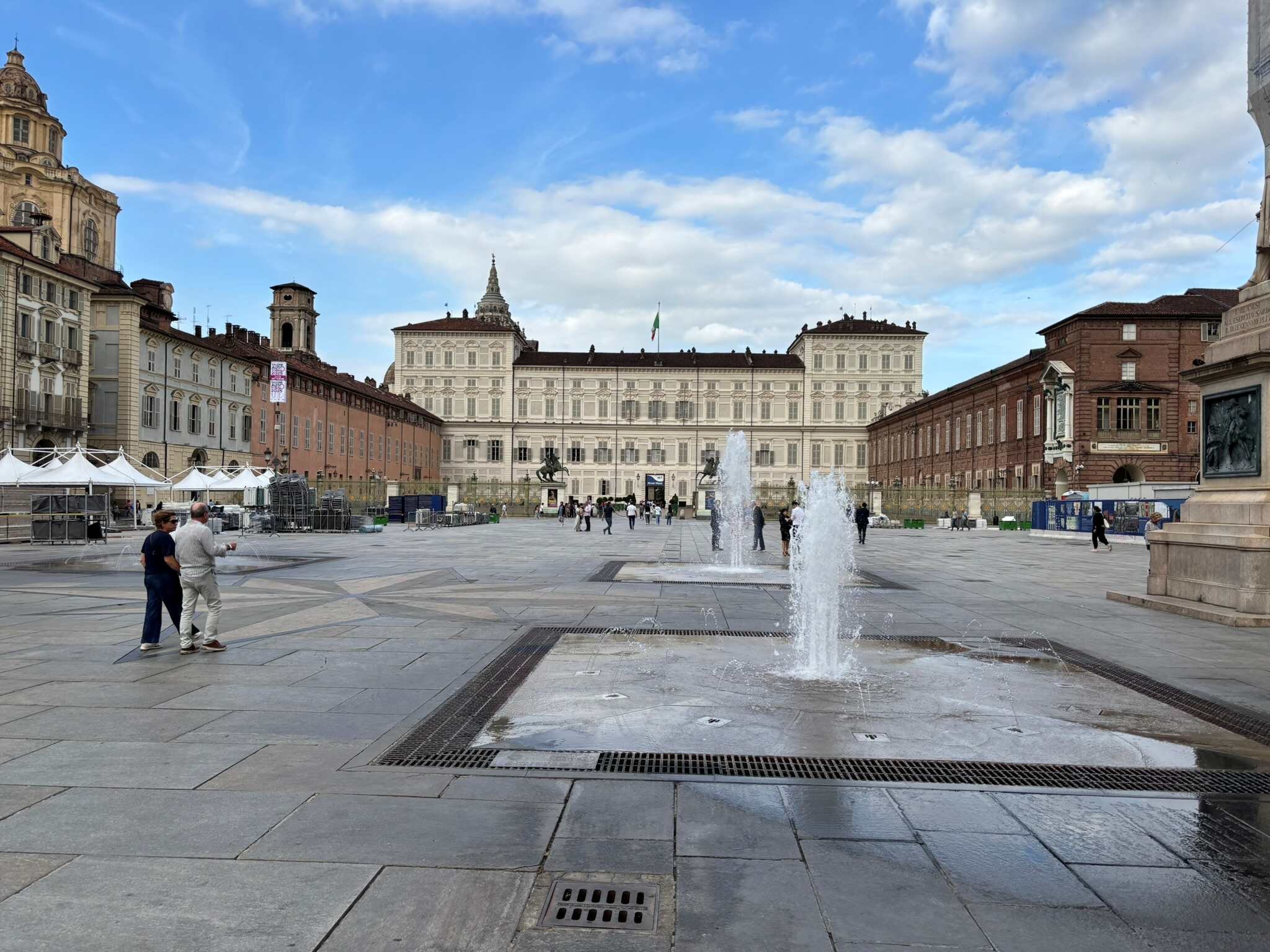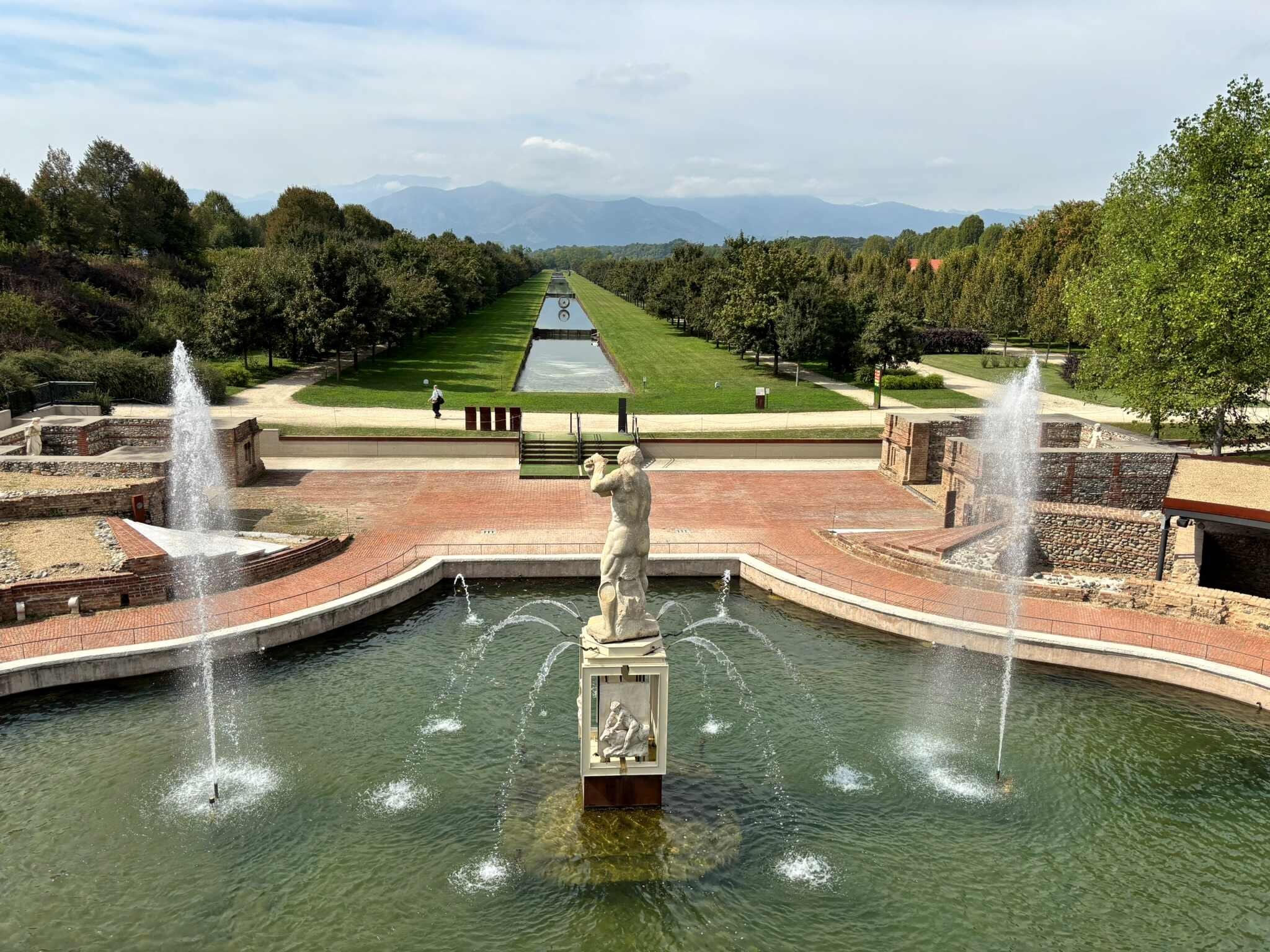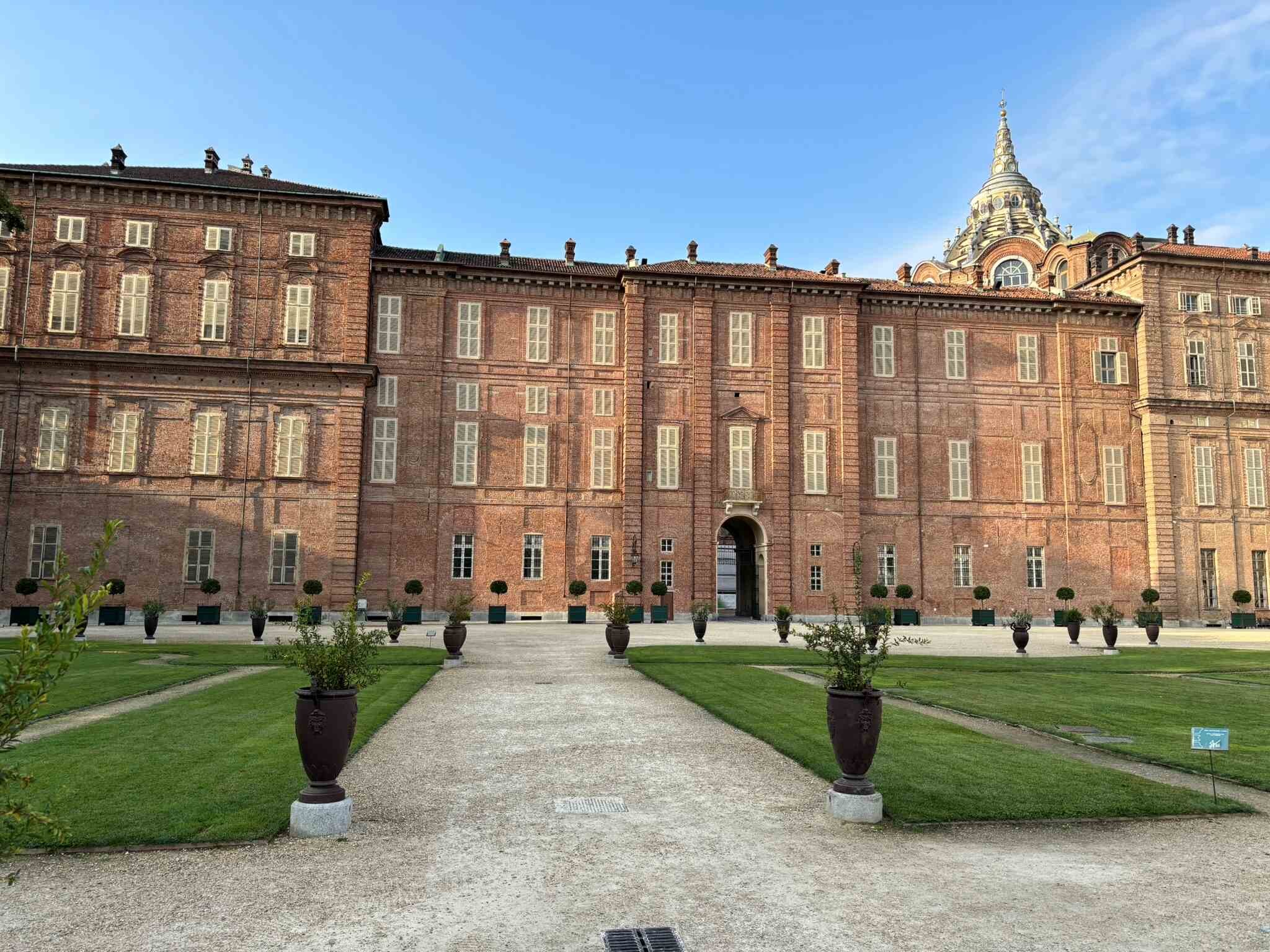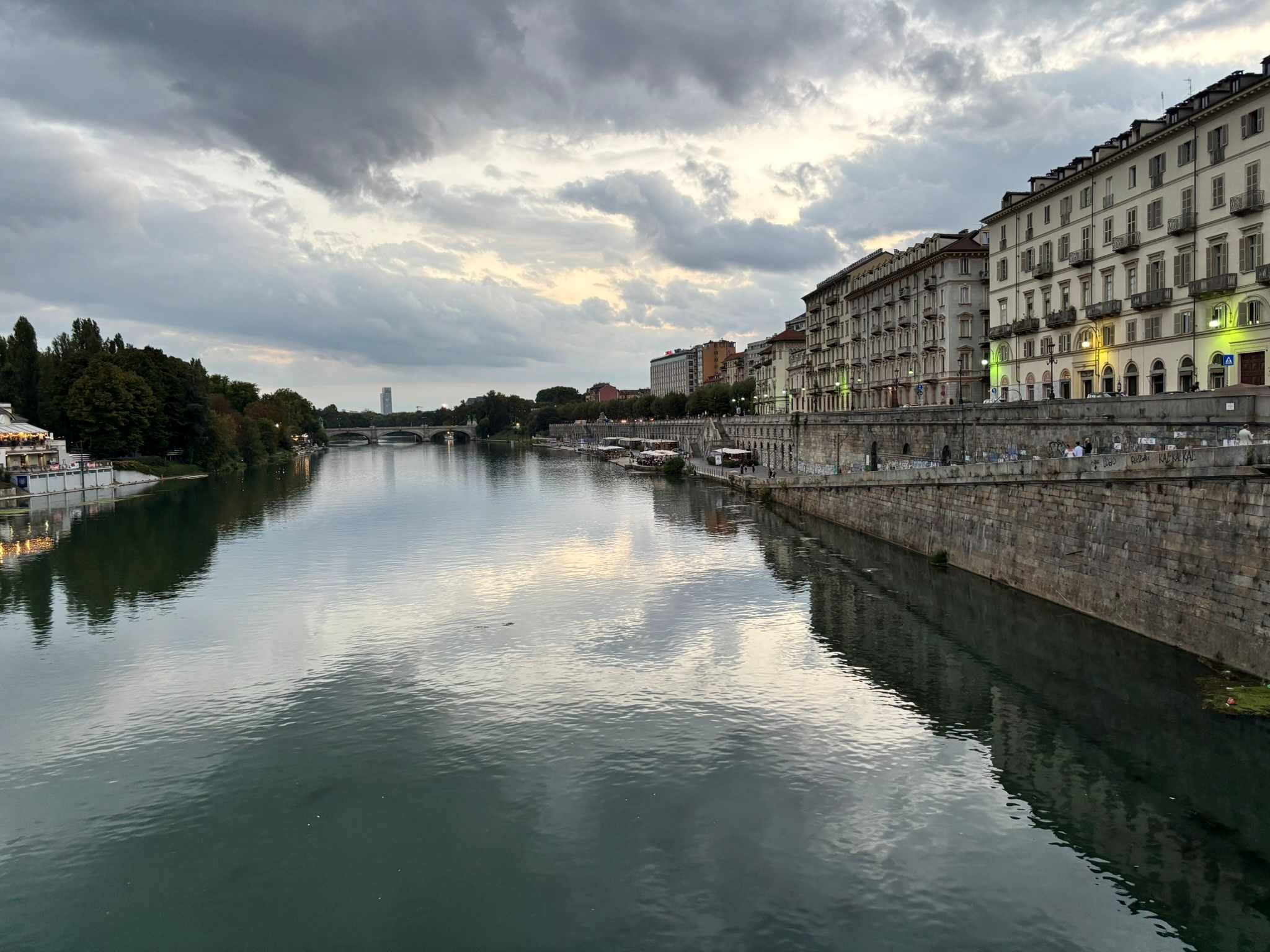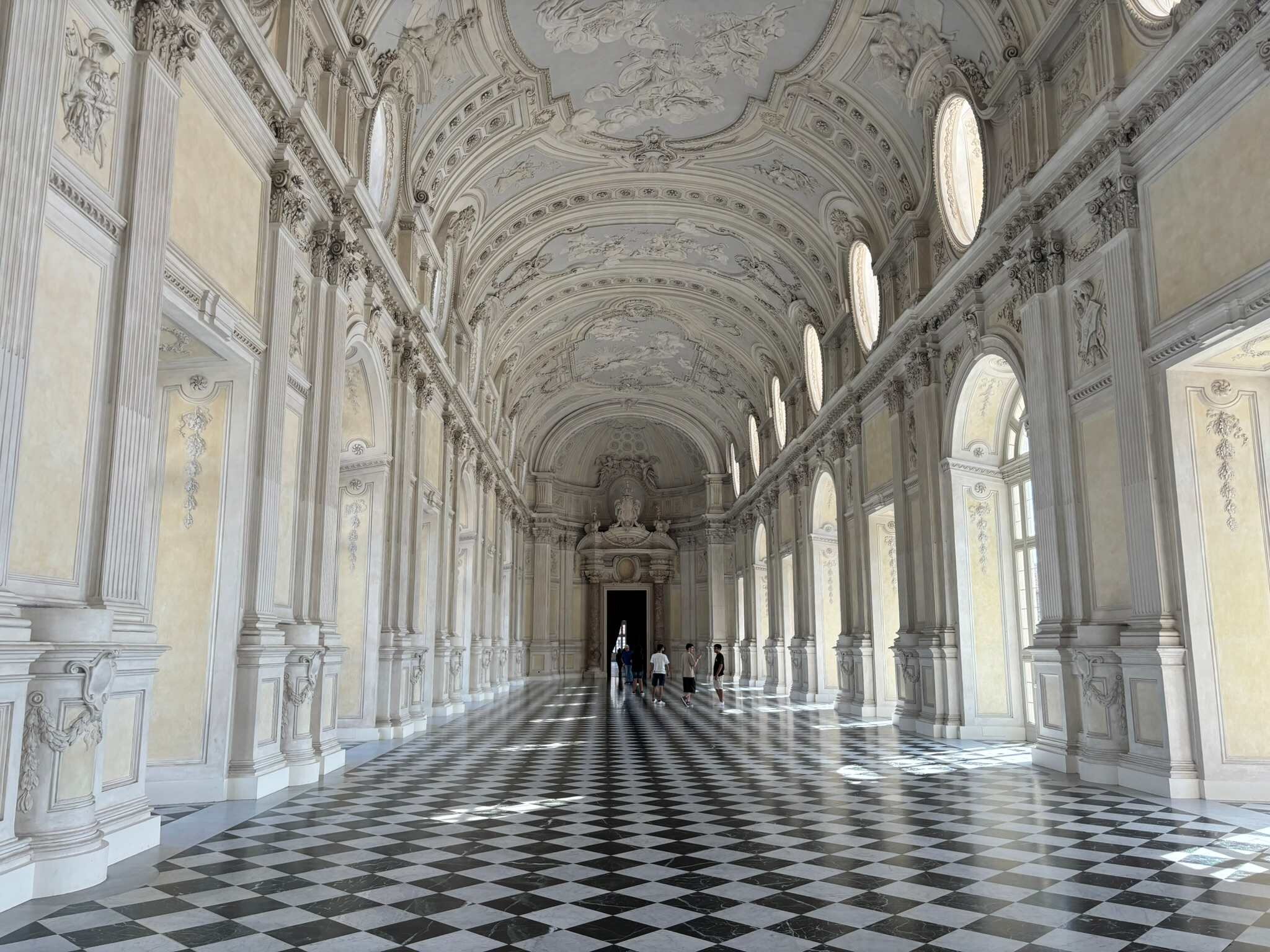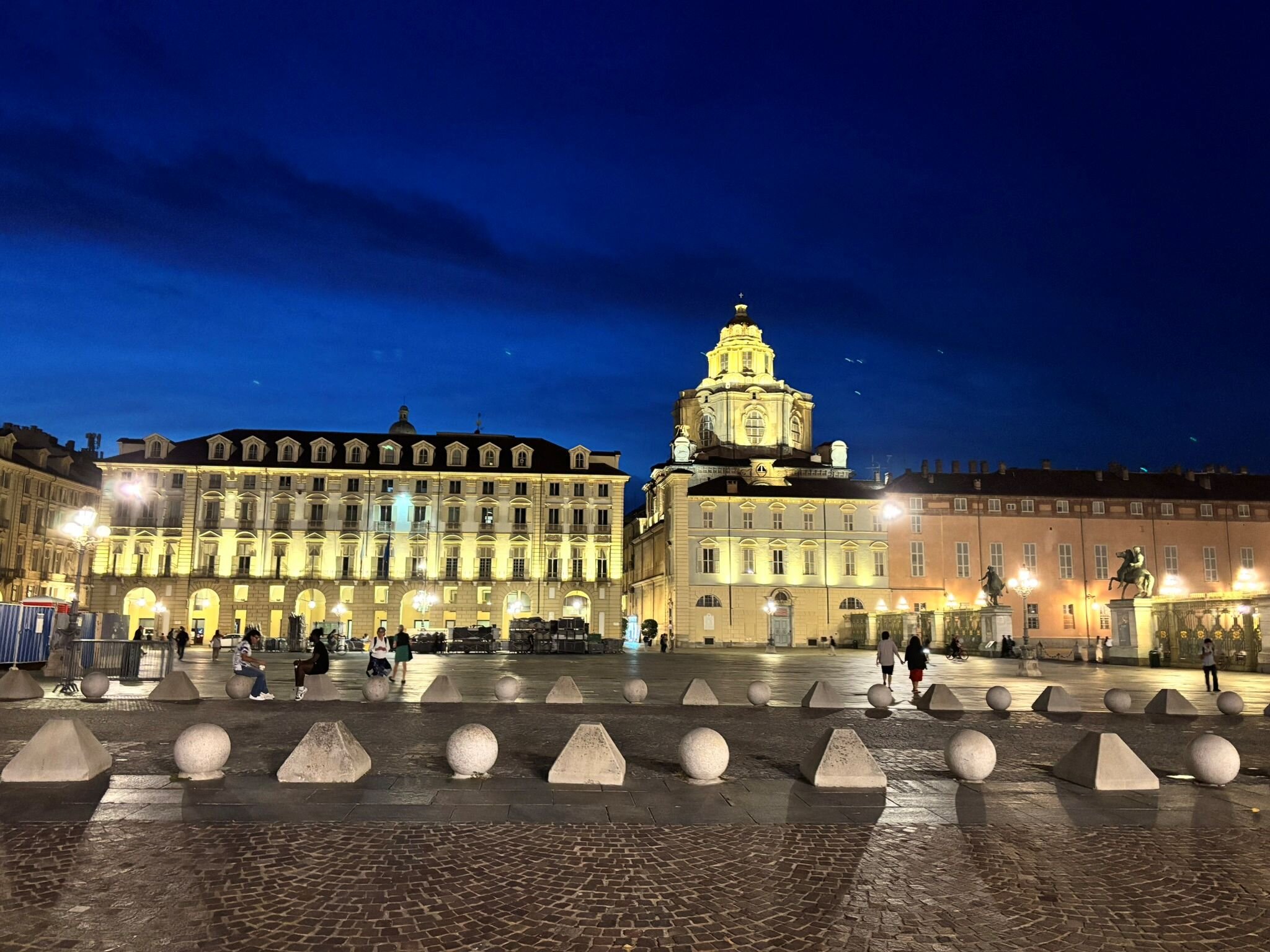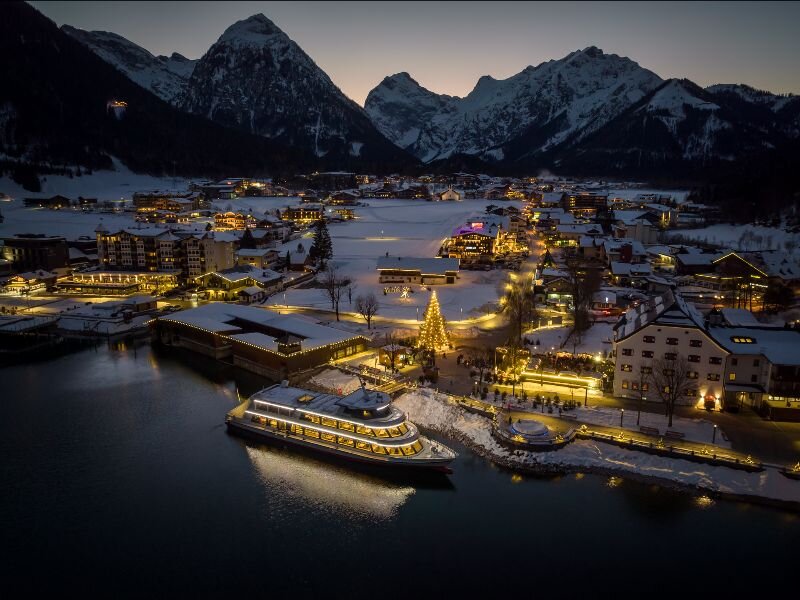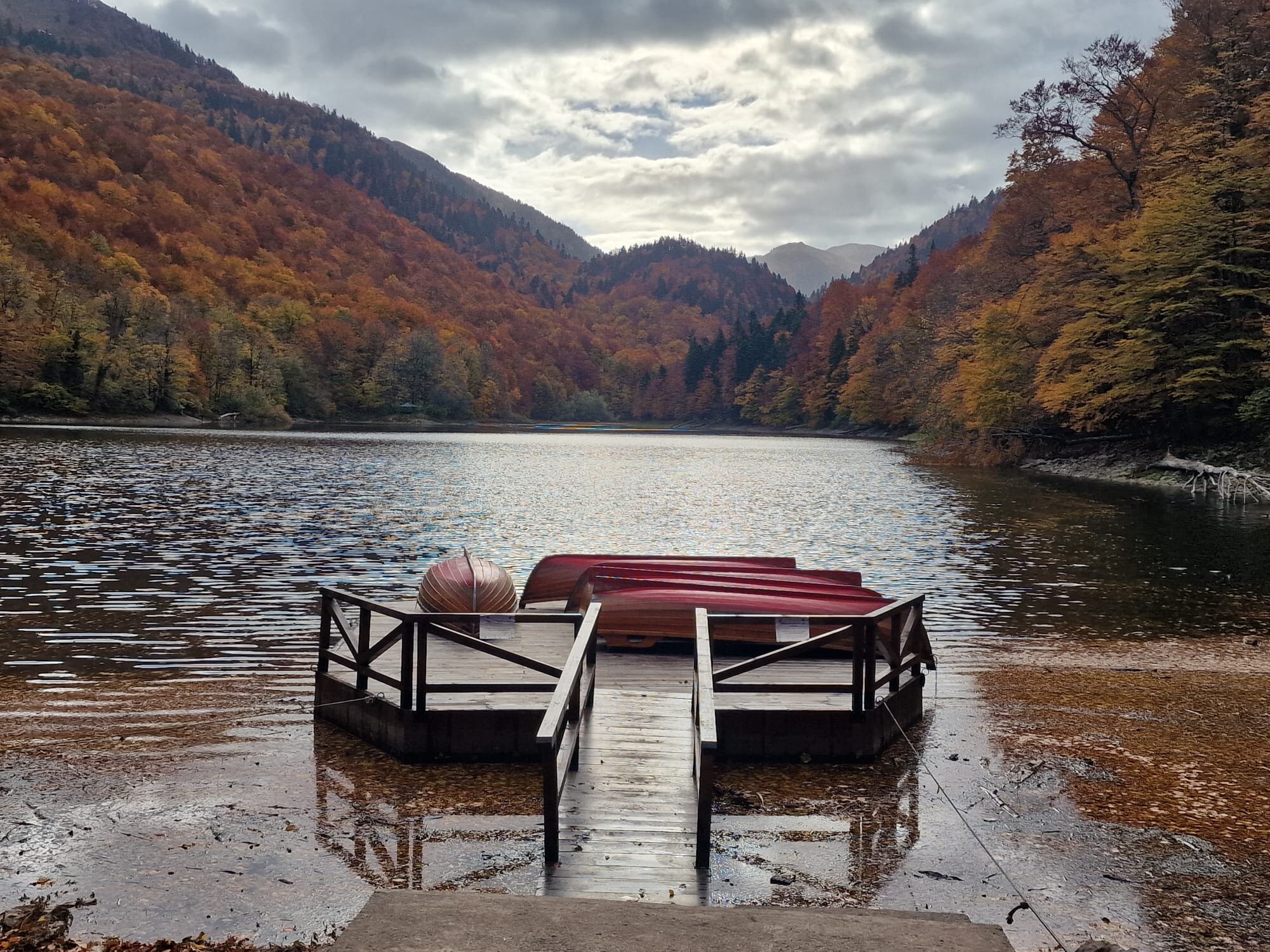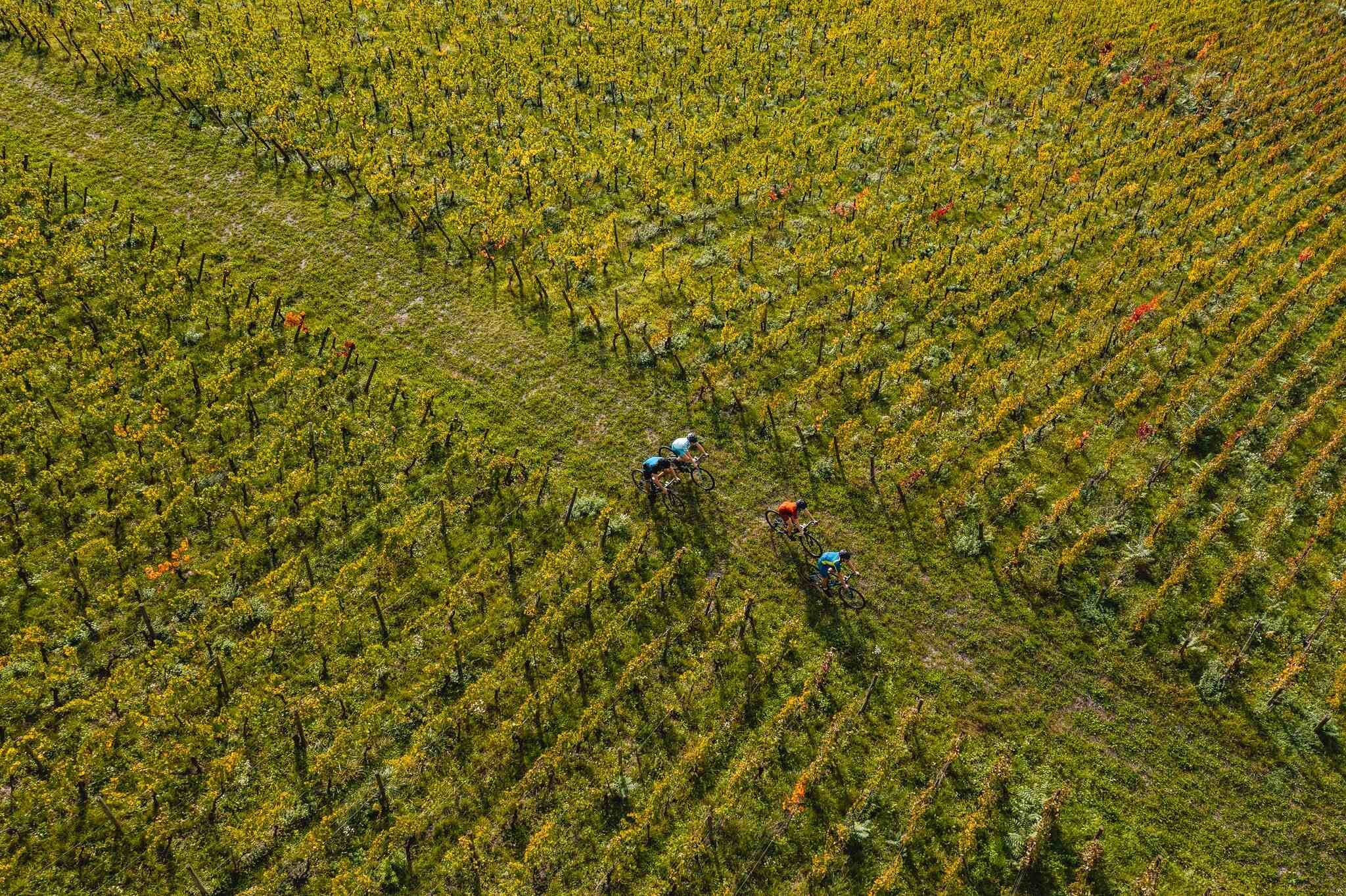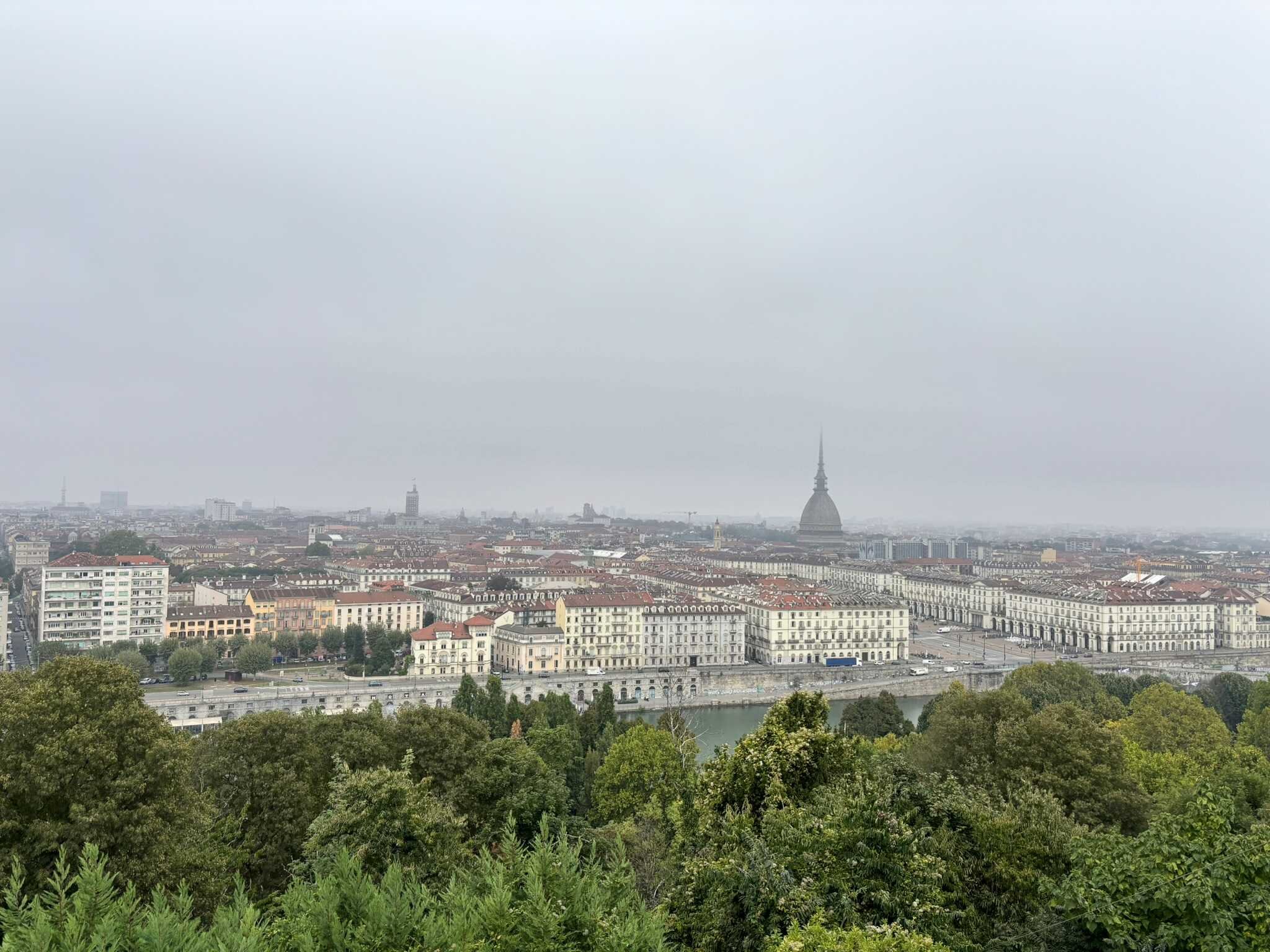
Torino non si concede di fretta. Non ha la frenesia delle metropoli turistiche né l’immediatezza delle cartoline da souvenir. È una città che si svela gradualmente, tra piazze regali e cortili nascosti, portici eleganti e quartieri popolari che raccontano ancora la vita di fabbrica.
Per tutto il Novecento è stata il cuore pulsante dell’industria italiana, con la Fiat a plasmare identità e destino. Qui le lotte operaie, gli scioperi del ’43 e la Resistenza hanno scritto pagine fondamentali della storia del Paese. Poi, con la crisi del settore, Torino ha dovuto reinventarsi, trasformandosi in capitale della cultura, del design, dell’innovazione. Oggi è una città viva, dinamica, capace di sorprendere chi cerca un’Italia meno ovvia, più autentica.
I grandi simboli
La prima tappa non può che essere la Mole Antonelliana, icona assoluta dello skyline torinese. Ospita il Museo Nazionale del Cinema, uno dei più spettacolari d’Europa, un percorso immersivo tra set, proiezioni e installazioni. Un’esperienza che si completa con la salita in ascensore fino alla terrazza panoramica: da lì la vista spazia dalle Alpi alla pianura, regalando una prospettiva indimenticabile.
Accanto alla Mole, l’altro museo imperdibile è il Museo Egizio, il più antico al mondo dedicato esclusivamente alla civiltà dei faraoni e secondo solo a quello del Cairo per la ricchezza della collezione. Statue, sarcofagi, papiri e mummie perfettamente conservate affascinano adulti e bambini, trasformando la visita in un viaggio nel tempo.
La raffinatezza sabauda
Torino custodisce nel suo centro un patrimonio architettonico che racconta la storia dei Savoia: Palazzo Reale, Palazzo Madama, Palazzo Carignano e Palazzo Chiablese punteggiano il cuore della città, attorno a Piazza Castello. Ma è appena fuori dal centro che la magnificenza raggiunge il suo apice: la Reggia di Venaria Reale, un gioiello barocco che dopo un imponente restauro è tornato a risplendere, e la Palazzina di Caccia di Stupinigi, opera di Juvarra, con i suoi saloni riccamente decorati e il parco che sembra sospeso nel tempo. Due luoghi che da soli valgono un viaggio.
Angoli segreti e atmosfere particolari
Torino è anche una città da scoprire a passo lento, seguendo le tracce meno note. Le gallerie coperte – come la Galleria Subalpina, la San Federico e l’Umberto I – sono piccole gemme urbane che uniscono shopping, storia e caffè d’altri tempi.
Non va dimenticato il volto misterioso della Torino magica, capitale dell’esoterismo europeo, con simboli nascosti, storie di alchimia e leggende che intrecciano magia bianca e magia nera. Tour tematici svelano portoni enigmatici, statue inquietanti e dettagli che altrimenti passerebbero inosservati.
I mercati e la vita quotidiana
Per immergersi nella vera vita torinese basta raggiungere Porta Palazzo, il mercato all’aperto più grande d’Europa. Qui colori, profumi e accenti si mescolano in un crocevia di culture che racconta la Torino multiculturale di oggi. Ogni bancarella è un mondo: frutta, verdure, spezie, stoffe, pane caldo. Poco distante, il Balon è il regno di antiquariato e vintage: ogni sabato si riempie di curiosi in cerca di occasioni e pezzi rari, mentre la seconda domenica del mese il “Gran Balon” diventa un appuntamento imperdibile.
Arte, auto e fede
Torino è anche capitale dell’automobile: al MAUTO – Museo Nazionale dell’Automobile si ripercorre la storia di un settore che ha fatto grande la città. Modelli storici, prototipi e design futuristici raccontano come le quattro ruote abbiano cambiato la società.
A Torino anche la fede ha la sua architettura segreta: nel Duomo di San Giovanni Battista la Cappella della Sacra Sindone unisce il respiro barocco al mistero del sacro. Anche se il celebre telo non è sempre esposto, la visita affascina per la bellezza del luogo e per il mistero che lo circonda.
Verde e panorami
Quando serve una pausa dal ritmo urbano, il Parco del Valentino regala 42 ettari di natura, passeggiate lungo il Po, scorci romantici e il fascino del Borgo Medievale (oggi in restauro, ma ancora suggestivo dall’esterno).
E per salutare la città dall’alto, nulla batte la Basilica di Superga: raggiungibile con il trenino storico o in auto, offre un panorama che abbraccia Torino e le Alpi. Un luogo che unisce bellezza e memoria, segnato dal ricordo della tragedia del Grande Torino del 1949.
Il cuore bohémien: il Quadrilatero Romano
Infine, per scoprire il volto più vivace e bohémien di Torino, basta perdersi nel Quadrilatero Romano, il quartiere più antico della città. Le sue stradine lastricate raccontano storie romane e medioevali, ma oggi sono animate da botteghe creative, atelier di design, ristoranti intimi e locali che pulsano di vita. È il posto ideale per un aperitivo o una cena, ma anche per respirare l’anima autentica della città: giovane, multiculturale, accogliente.
Sapori da non perdere
Torino è una città che sa prendersi cura del viaggiatore anche a tavola, e lasciare spazio alla scoperta è forse il modo migliore per viverla. Le occasioni per mangiare e bere bene non mancano: trattorie tradizionali, ristoranti creativi, cocktail bar e caffè storici si intrecciano in un mosaico sorprendente.
Due esperienze, però, meritano di diventare riti personali. La prima è una colazione alla pasticceria Cabaret, nel cuore del Quadrilatero. Qui il tempo sembra rallentare: l’insegna verde richiama la tradizione, il laboratorio a vista racconta invece una pasticceria contemporanea e curiosa, dove la manualità artigiana diventa spettacolo quotidiano. Dietro il bancone c’è Entoni Pasquariello, giovane pasticcere che ha saputo fondere le sue radici partenopee con l’eleganza piemontese e con qualche tocco francese. Nascono così croissant leggeri e fragranti, maritozzi che parlano sia al palato che al cuore, piccoli capolavori di pasticceria che profumano di burro e creatività. Sedersi ai tavolini di Cabaret, sorseggiare un caffè e assaggiare un pain au chocolat ancora tiepido significa concedersi un momento di autentico piacere quotidiano, uno di quei riti semplici e necessari che sanno illuminare la giornata.
La seconda è una cena in Piazza IV Marzo, una delle piazze più affascinanti della città. Piccola e raccolta, ma sempre animata, ospita locali diversi per stile e proposta: trattorie piemontesi, ristoranti più ricercati, pizzerie e cocktail bar. Qui non serve programmare troppo: basta scegliere un tavolo all’aperto, lasciarsi guidare dall’atmosfera e assaporare l’anima conviviale di Torino.
Il resto, come sempre, è meglio lasciarlo alla curiosità del viaggiatore. Perché a Torino, più che altrove, la bellezza sta nelle scoperte inattese.
Turin, a surprising city between workers’ memory and new elegance
Turin does not reveal itself in haste. It lacks the frenzy of tourist metropolises and the immediacy of postcard views. This is a city that unveils itself gradually, through regal squares and hidden courtyards, elegant arcades and working-class districts that still echo with the life of the factories.
Throughout the 20th century, Turin was the beating heart of Italian industry, with Fiat shaping its identity and destiny. Here, workers’ struggles, the strikes of 1943, and the Resistance wrote crucial chapters in the country’s history. Then, with the industry crisis, Turin was forced to reinvent itself, transforming into a capital of culture, design, and innovation. Today it is a vibrant, dynamic city, ready to surprise those in search of a less obvious, more authentic Italy.
The great symbols
The first stop can only be the Mole Antonelliana, the absolute icon of Turin’s skyline. It houses the National Cinema Museum, one of the most spectacular in Europe, with an immersive journey through sets, screenings, and installations. The experience culminates in the panoramic elevator ride: from the top terrace, the view stretches from the Alps to the plains, offering an unforgettable perspective.
Next to the Mole, another unmissable site is the Egyptian Museum, the oldest in the world dedicated exclusively to the civilization of the pharaohs and second only to Cairo in terms of collection size. Statues, sarcophagi, papyri, and perfectly preserved mummies fascinate both adults and children, turning the visit into a journey through time.
Savoy refinement
In the city center, Turin preserves an architectural heritage that tells the story of the Savoy dynasty: Palazzo Reale, Palazzo Madama, Palazzo Carignano, and Palazzo Chiablese mark the heart of the city around Piazza Castello. Yet just outside the center, magnificence reaches its peak: the Reggia di Venaria Reale, a baroque jewel restored to its former splendor, and the Palazzina di Caccia di Stupinigi, a masterpiece by Juvarra, with richly decorated halls and a park that seems suspended in time. Two destinations that alone are worth the journey.
Secret corners and special atmospheres
Turin is also a city to be discovered slowly, following less obvious paths. The covered galleries – such as Galleria Subalpina, San Federico, and Umberto I – are small urban gems combining shopping, history, and timeless cafés.
One should not forget the city’s mysterious side, that of magical Turin, the European capital of esotericism, filled with hidden symbols, stories of alchemy, and legends blending white and black magic. Themed tours unveil enigmatic doorways, unsettling statues, and details that would otherwise go unnoticed.
Markets and daily life
To dive into Turin’s real everyday life, head to Porta Palazzo, the largest open-air market in Europe. Colors, scents, and accents intertwine here in a crossroads of cultures that embody today’s multicultural Turin. Each stall is a world of its own: fruits, vegetables, spices, fabrics, freshly baked bread. Not far away, the Balon is the kingdom of antiques and vintage: every Saturday it fills with treasure hunters, and on the second Sunday of each month the “Gran Balon” becomes an unmissable event.
Art, cars, and faith
Turin is also the capital of the automobile: the National Automobile Museum (MAUTO) retraces the history of an industry that made the city great. Historic models, prototypes, and futuristic designs tell the story of how cars changed society.
In Turin, even faith has its hidden architecture: inside the Cathedral of St. John the Baptist, the Chapel of the Holy Shroud blends baroque grandeur with sacred mystery. Even if the famous relic is not always on display, the visit enchants with the beauty of the place and the aura of its secrets.
Green spaces and views
When a break from the urban rhythm is needed, Valentino Park offers 42 hectares of greenery, walks along the Po River, romantic views, and the charm of the Medieval Village (currently under restoration, but still evocative from outside).
And to bid farewell to the city from above, nothing beats the Basilica of Superga: accessible by the historic funicular or by car, it offers a panorama embracing both Turin and the Alps. A place of beauty and memory, marked by the tragedy of the 1949 Grande Torino football team.
The bohemian heart: the Quadrilatero Romano
To discover Turin’s most vibrant, bohemian side, wander into the Quadrilatero Romano, the city’s oldest district. Its cobbled streets whisper Roman and medieval stories, but today they are alive with creative workshops, design studios, intimate restaurants, and buzzing bars. The ideal spot for an aperitivo or dinner, but also to breathe in the city’s authentic soul: young, multicultural, and welcoming.
Flavors not to be missed
Turin also takes care of the traveler at the table, and leaving space for discovery may be the best way to experience it. Opportunities for good food and drinks abound: traditional trattorias, creative restaurants, cocktail bars, and historic cafés weave together into a surprising mosaic.
Two experiences, however, deserve to become personal rituals. The first is breakfast at Pasticceria Cabaret, in the heart of the Quadrilatero. Here, time seems to slow down: the green sign recalls tradition, while the open-view workshop speaks of a contemporary and curious patisserie, where artisanal skill becomes a daily performance. Behind the counter is Entoni Pasquariello, a young pastry chef who has fused his Neapolitan roots with Piedmontese elegance and a French touch. The result is light, fragrant croissants, maritozzi that speak to both palate and heart, and small masterpieces of pastry that smell of butter and creativity. Sitting at Cabaret’s tables, sipping a coffee and tasting a still-warm pain au chocolat means indulging in a moment of genuine daily pleasure, one of those simple yet necessary rituals that can brighten the day.
The second is dinner in Piazza IV Marzo, one of the city’s most charming squares. Small and intimate, yet always lively, it hosts venues of every kind: traditional trattorias, refined restaurants, pizzerias, and cocktail bars. Here, there’s no need to plan much: just pick an outdoor table, let yourself be carried by the atmosphere, and savor Turin’s convivial spirit.
The rest, as always, is best left to the traveler’s curiosity. Because in Turin, more than elsewhere, beauty lies in unexpected discoveries.
